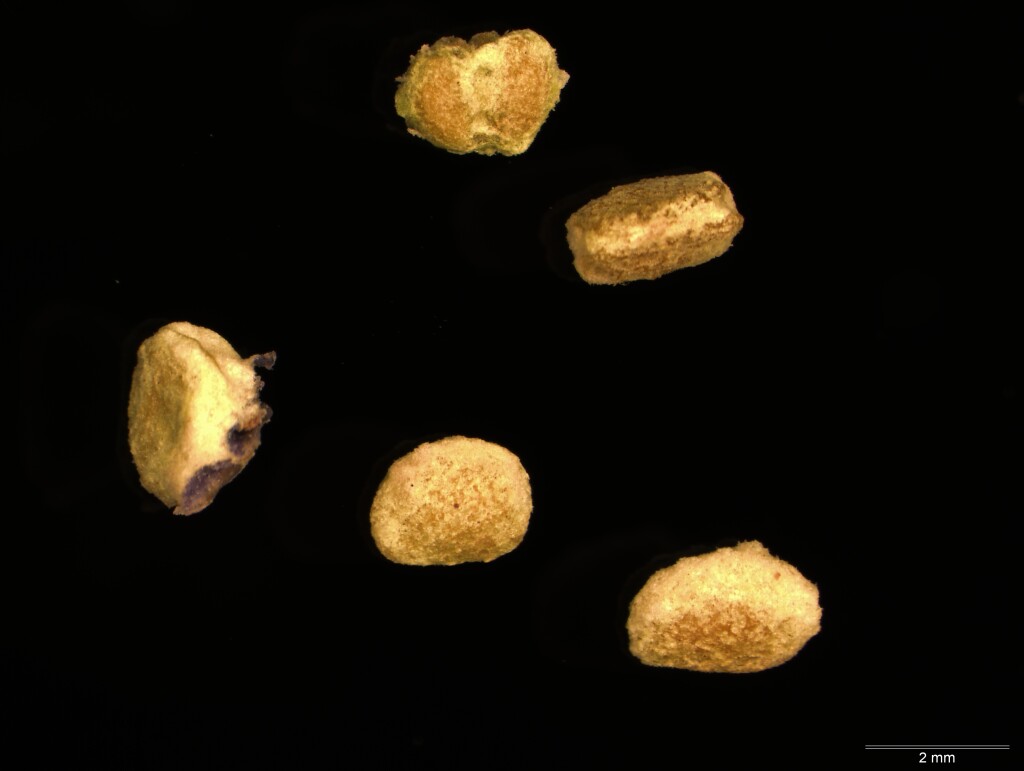Trochocarpa clarkei
(F.Muell.) F.Muell. Lilac BerryDense, often decumbent shrub to c. 30 cm high, ± rooting at nodes; branchlets puberulent. Leaves mostly spreading, oblong-elliptic, 3–11 mm long, 1.2–3.5 mm wide, obtuse to subacute, glabrous, flat, lower surface paler with 3–7 subparallel veins; margins plane to slightly recurved, serrulate. Flowers bisexual, in dense c. 5–11-flowered spikes, mostly axillary on old wood, occasionally terminal; bracts, bracteoles and sepals obtuse; bracts 1–1.6 mm long; bracteoles 1–2 mm long; sepals ovate, 2–3 mm long; corolla urceolate-campanulate, with 5 dense tufts of spreading and deflexed hairs closing the throat of the tube; tube maroon in upper half, green below, 2.5–4 mm long, inflated; lobes maroon, 2–3 mm long, glabrous to minutely papillose; anthers much exserted; ovary usually 10-locular, style 2–2.5 mm long. Fruit depressed-globose, c. 7–8 mm long, bluish-purple, separating into 10 (rarely fewer) pyrenes. Flowers Nov.–Mar.
HSF, HNF, VAlp. Endemic in Victoria. Restricted to alpine and subalpine areas, locally common in areas bounded by e.g. Lake Mountain, Baw Baws, Snowy Range, Mt Cobbler, Mt Wellington, The Pinnacles, but not extending into the higher, north-eastern ranges (e.g. Bogong High Plains, Cobberas mountains), usually growing near rocks or in sheltered areas under Snow-gums.
Albrecht, D.E. (1996). Epacridaceae. In: Walsh, N.G.; Entwisle, T.J., Flora of Victoria Vol. 3, Dicotyledons Winteraceae to Myrtaceae, pp. 464–509. Inkata Press, Melbourne.
 Spinning
Spinning